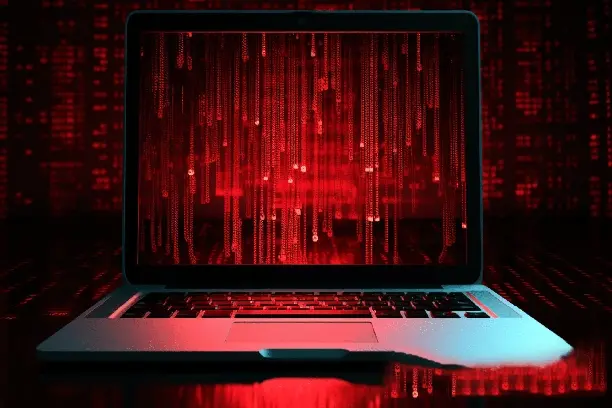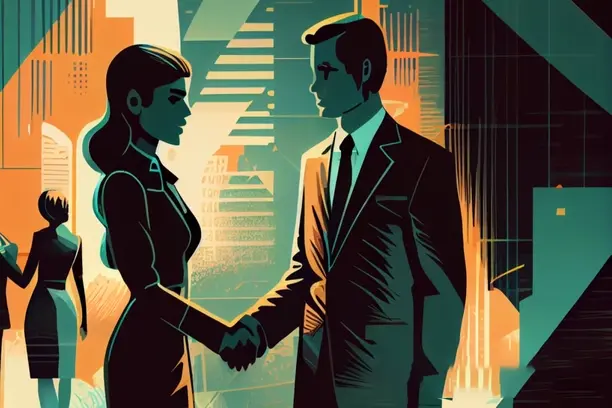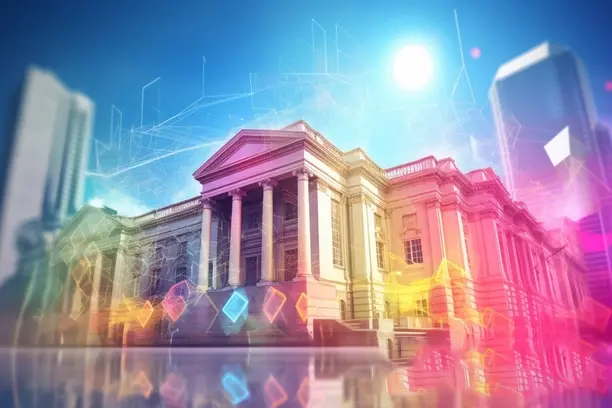In the field of cryptocurrency, NFT (non-identical token) has become a hot topic of discussion and is gradually embedded in application scenarios in various industries. In this paper, we will delve into what NFT is, its basic concepts, and the current application scenarios in various fields, including art, games, music, virtual land, etc. We will also analyze the future development of NFT in the field of cryptocurrency. We will also analyze the future direction of NFT and its potential impact on existing industries to help readers fully understand the value and challenges of this emerging technology.
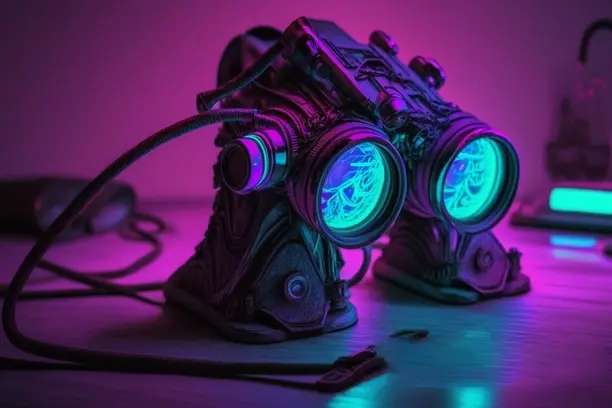
What is NFT?
NFT (Non-Fungible Token), or Non-Homogenized Token, is a digital asset based on blockchain technology, where each NFT is unique and cannot be replaced by other tokens. Unlike cryptocurrencies such as Bitcoin and Ether, which are homogenized, i.e., the value of each token is the same regardless of how many are held. However, NFT is unique in that each token has an independent digital fingerprint that proves its uniqueness and ownership. Therefore, NFT is widely used in digital art, game items and other fields that require proof of ownership.
The core technology of NFTs relies on blockchains, often issued on public chains such as Ether. This means that the transaction and ownership information of NFTs is transparent and tamper-proof, ensuring the uniqueness of each NFT and the traceability of its transaction history.
NFT in the field of digital art
One of the earliest application scenarios in which NFT has received widespread attention is in the field of digital art. Artists can distribute their own digital artworks through NFT and bind them to the blockchain to prove ownership of the digital artwork. These NFT artworks can be traded freely in the marketplace, and each transaction triggers a smart contract that ensures the original creator receives the corresponding royalty income.
For example, Everydays: The First 5000 Days, a work created by renowned digital artist Beeple, was auctioned off for approximately $69 million, a major breakthrough for NFT in the art world. Through NFT, artists can not only break the boundaries of traditional galleries, but also directly display their works to collectors and investors around the world.
NFT's Relationship with the Art Market
NFT is more than just a new digital collectible; its emergence has revolutionized the structure of the art market. While the authenticity and ownership of works in the traditional art market often relied on professional authenticators and cumbersome transaction processes, NFT's blockchain technology simplifies this process. Ownership, authenticity, and transaction history can be easily queried on the blockchain, thus increasing market transparency and liquidity.
NFT in Games
Gaming is another popular place for NFT applications. In blockchain games, NFTs are often used to represent in-game items such as characters, equipment, skins, etc. These NFT items have unique properties and can be transferred or traded from game to game. These NFT items have unique properties and can be transferred or traded between different games. In this way, in-game assets are no longer limited to in-game digital items, but become assets that can circulate freely on the blockchain.
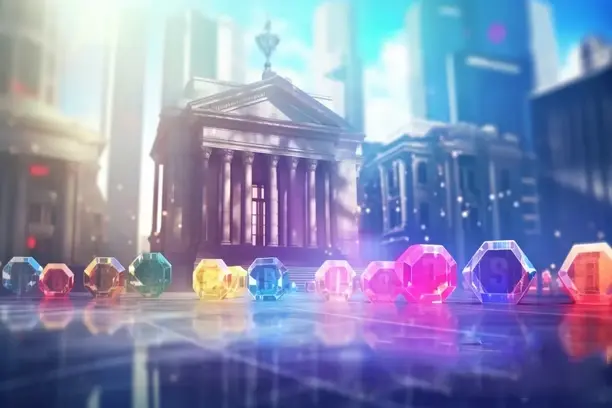
For example, the game "Axie Infinity" is a successful case of blockchain game, players can get NFT character "Axie" through the way of cultivation, battle, etc. These Axie not only can participate in the game, but also can be traded on the market, and each Axie has a different rarity, which makes the game economy more interesting and dynamic. These Axies can not only fight in the game, but can also be traded in the market, and each Axie has a different rarity, which makes the game economy more interesting and dynamic.
NFT Changes the Economic Model of the Game
With the introduction of NFT, the economic system within the game became more open, and players were no longer just consumers of the game, but also creators and investors. This model made the game world more diversified and even led to the rise of the "Play-to-Earn" model. Players can earn NFTs through the game and resell them for real-world profit.
Innovative Applications of NFT in Music
With the development of NFT technology, the music industry has begun to try to incorporate it into its creation and distribution model. The traditional music industry relies on record labels and intermediaries to distribute music, which means that musicians can only get a portion of the revenue from performances and royalties. With NFT, musicians can directly distribute their music as NFT and set up smart contracts to automate royalty distribution, thus reducing intermediary interference and increasing revenue.
For example, famous musicians Kings of Leon became the first band to release an NFT album with limited edition music and unique NFT, where the buyer not only owns the digital album, but also has access to exclusive events and privileges. This innovation not only opens up new avenues for musicians to monetize their music, but also attracts more fans.
NFT Redefines Music Copyright and Revenue Sharing
The introduction of NFT technology makes copyright management of musical works more flexible and transparent. Musicians can establish a direct link with their fans, who can obtain various privileges related to their music works by owning an NFT, including listening to songs, watching performances, and obtaining exclusive content, etc. The smart contract ensures that royalties are paid automatically every time an NFT is transferred. The smart contract ensures that royalties are automatically paid to the music creator every time the NFT is transferred, thus completely changing the revenue model of the music industry.
NFT in Virtual Land and Metaverse
With the rise of the meta-universe concept, the application of NFT in virtual lands and virtual worlds is becoming more and more widespread. Land, buildings, and items in virtual worlds can be owned and traded through NFT. For example, the land in the virtual worlds Decentraland and The Sandbox exists in the form of NFT, and players can buy, build, and trade these virtual lands and appreciate their value according to their needs.
The land and assets in these virtual worlds can be used to build virtual stores, organize events, or display digital art, and can create business opportunities that are not possible in the real world. With the development of the metaverse, the application scenarios of NFT will become even more extensive, and the virtual worlds of the future may become important places for people to work, learn and play.
The Future of NFT in the Metaverse
The development of meta-universe will further promote the application of NFT in the virtual world. NFT will not only be the proof of ownership of assets, but also the symbol of identity and rights in the virtual world. In the future, as technology advances and demand grows, NFT may become the infrastructure of the virtual world, helping to build a more open and decentralized digital economy.
Future Challenges and Directions for NFT
Although NFT has shown great potential in many areas, its development still faces many challenges. the NFT market is still in a relatively unstable state, with high price volatility and high investment risk. As the NFT market expands, there may be a large number of counterfeits and low-quality items, which will pose a challenge to investors' choices.
On the other hand, the energy consumption of NFT is also a concern. The operation of blockchains such as Ether requires a large amount of computing power, thus generating high energy consumption. This issue may affect the sustainable development of NFT in the future. Therefore, the development of NFT needs to be combined with environmentally friendly technologies and sustainable development.
Future Direction of NFT
In the future, NFT may find application scenarios in more industries, such as finance, education, healthcare, etc., and will gradually solve the existing technical and market problems. With the advancement of blockchain technology, the popularization of NFT will welcome more innovations and bring richer and more diversified application experiences.




